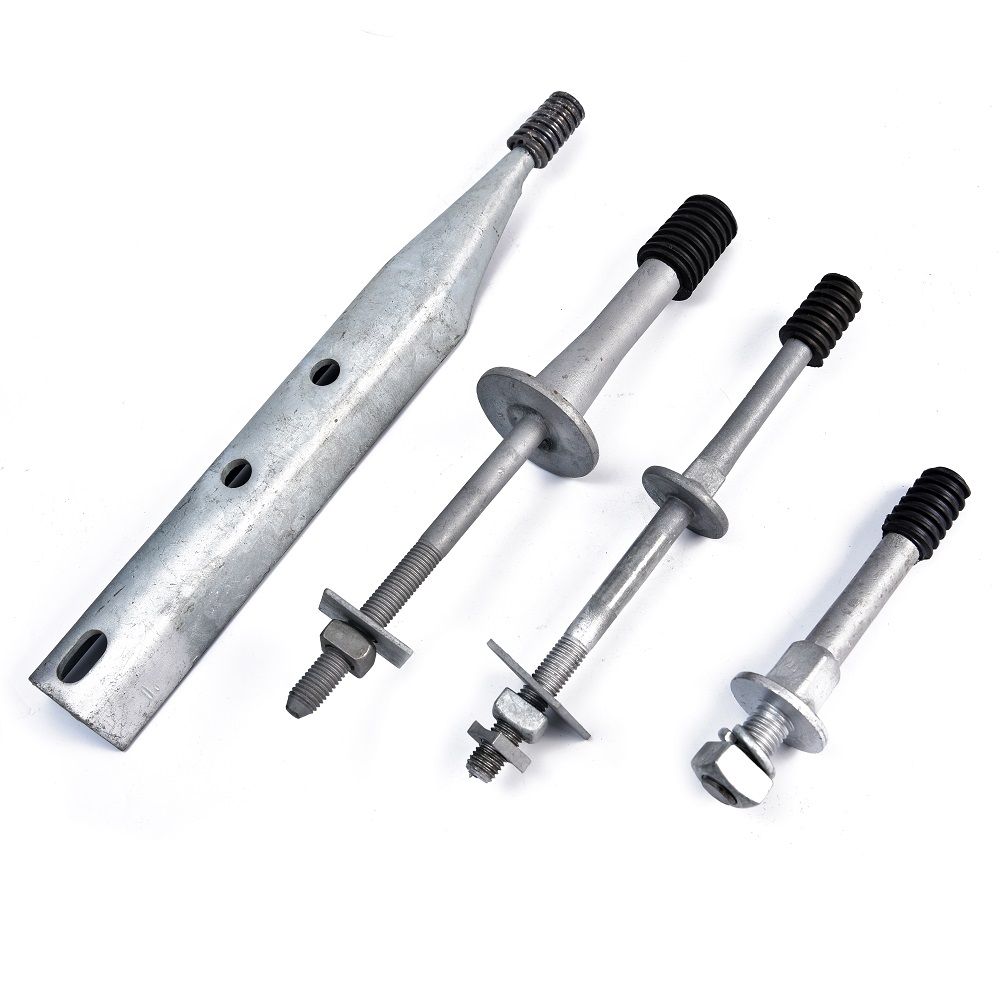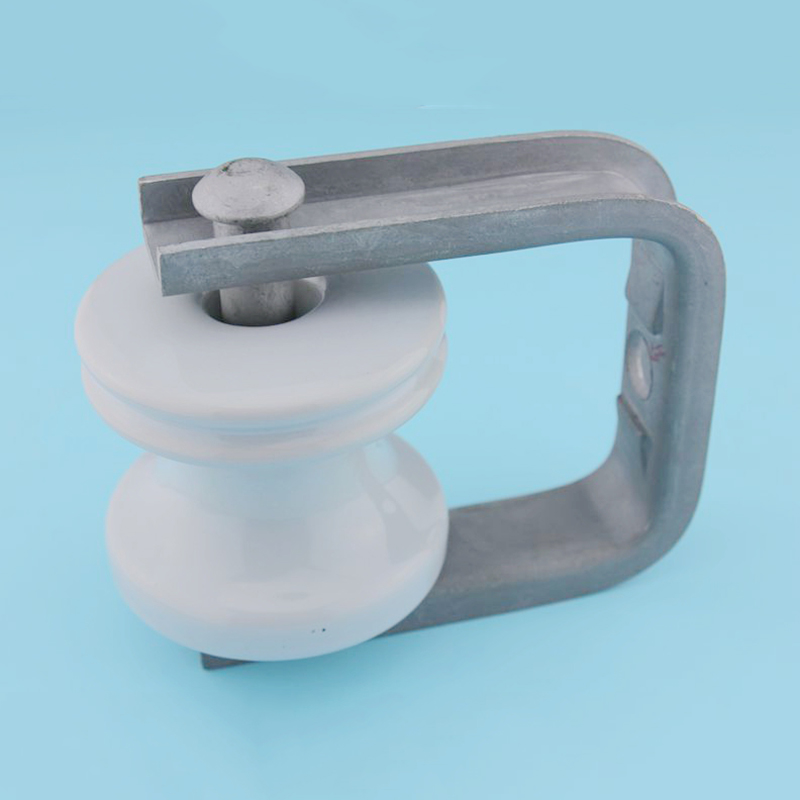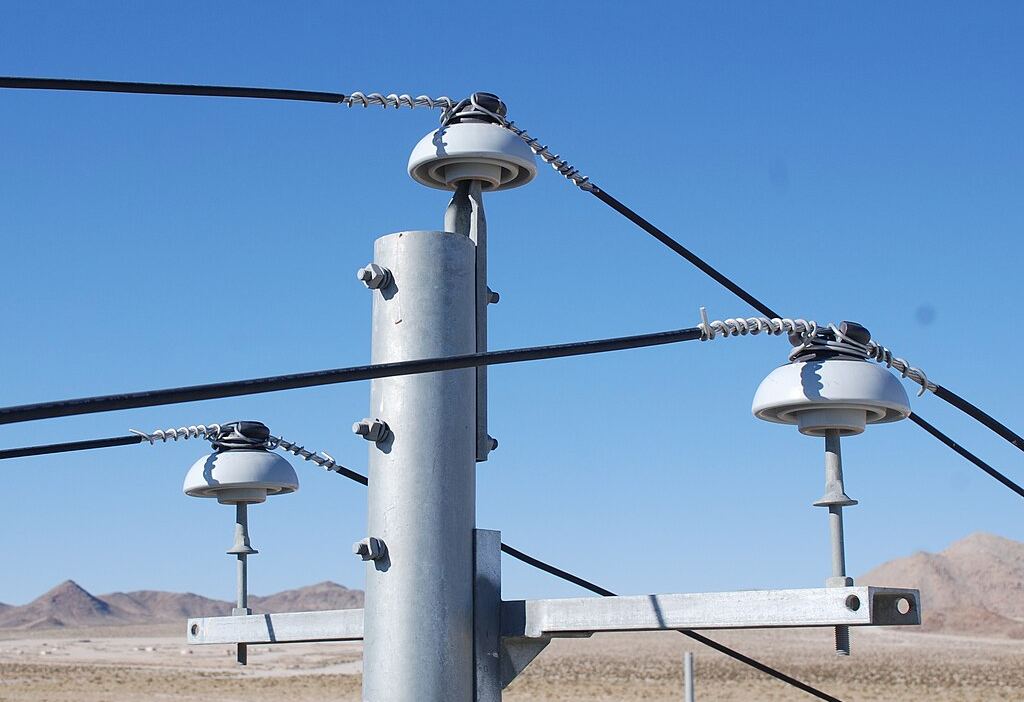The nano lithium titanate battery offers an impressive cycle life of up to 20,000 times, ensuring a service life of more than 15 years. This remarkable performance makes it a promising solution for long-term energy storage and power applications.
Recently, Anhui Tiankang New Energy Co., Ltd. made a significant breakthrough by developing the first domestically produced nano-titanate battery with independent intellectual property rights. The product has successfully passed rigorous testing at the National Power and Energy Storage Battery Testing Center and received recognition for its scientific and technological achievements at the provincial level.
In just four years, Anhui Tiankang collaborated with renowned experts from Peking University, Beijing University of Science and Technology, and Fudan University. By boldly using lithium titanate as a negative electrode material and incorporating advanced technologies such as compressive strain constant pressure valves, the company has developed a new generation of nano lithium titanate batteries. These products excel in safety, environmental friendliness, and longevity, surpassing traditional lithium-ion batteries in both performance and energy density. Unlike conventional lithium-ion batteries, which often struggle with low-temperature charging and discharging, nano lithium titanate batteries offer stable performance under extreme conditions.
It is worth noting that nano lithium titanate batteries maintain high charge and discharge efficiency, ranging from 86% to 91%, even when operating between -30°C and 55°C. Compared to standard lithium-ion batteries, which typically last around 5,000 cycles, these advanced batteries can endure over 20,000 cycles, significantly extending their operational lifespan.
Currently, the company’s trial production has already found widespread application in electric vehicles, e-bikes, electric forklifts, vans, patrol cars, and sightseeing vehicles. Looking ahead, this technology is expected to be adopted in sectors requiring high battery safety standards, such as electric buses, mining and construction vehicles, as well as military and aerospace applications. With its superior performance and durability, nano lithium titanate battery technology is set to play a key role in shaping the future of energy storage and electric mobility.
Insulator Hardware
Insulator hardware for Poleline Hardware refers to the components used to support and insulate electrical conductors on utility poles. Some common insulator hardware used in poleline installations include:
1. Insulators: Insulators are typically made of porcelain, glass, or polymer materials and are used to prevent electrical current from flowing through the pole or other grounded structures. They provide electrical insulation and mechanical support for the conductors.
2. Insulator pins: Insulator pins are used to secure the insulators to the crossarms or other supporting structures. They are usually made of steel or other durable materials and come in various designs to accommodate different types of insulators.
3. Insulator Clevis: Insulator clevis are comprised of multiple insulators connected in series to provide the required electrical insulation for the voltage carried by the conductors. The number and arrangement of insulators in a string depend on the system voltage and other factors.
4. Suspension hardware: Suspension hardware includes various components such as suspension clamps, suspension insulators, and suspension links. These are used to support the weight of the conductors and insulators, ensuring proper tension and alignment.

5. Strain hardware: Strain hardware is used to absorb and distribute the mechanical forces exerted on the conductors due to wind, ice, or other external factors. It includes components such as strain insulators, strain clamps, and dead-end fittings.
6. Crossarm braces: Crossarm braces are used to provide additional support and stability to the crossarms, which hold the insulator strings. They are typically made of steel or other sturdy materials and help to prevent sagging or swaying of the conductors.
Yokelink Insulator Hardware are mainly used in transmission lines. It is used to connect crossarms, thereby joining the crossarms. By joining crossarms together, they are made stronger and more resistant to vibration.They are attached in cross arms of overhead transmission lines for supporting and connecting the crossarms by means other than welding. They join two crossarms or a cross arm with an insulator mounted on it. It is also put into one crossarm for joining cross arms together.
The Insulator cross arm pins have three parts – the crossarm pin base, a crossarm pin body, and the crossarm pinhead. The cross-arm pin base is fitted in an opening of a cross arm.The cross-arm pin body connects the cross arm with another cross arm or a crossarm insulator. The crossarm pinhead is placed on the top end of the cross-arm pin body and holds it into position so that it cannot move outwards.

Insulator Clevis, Post Studs, Pole Top, Forged Pin, Insulator, porcelain, Deadend,pole,Insulators,Hot dip galvanized,guy,clevises
Ningbo Yokelink Machinery Co.,Limited , https://www.yokelink.com